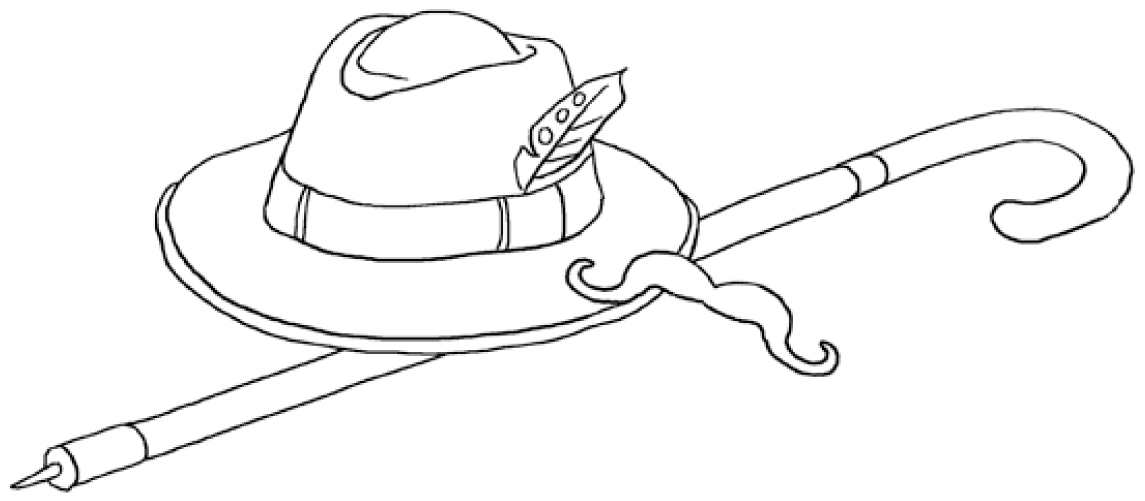Procedure:
- A script for the play is written together with the students, or an existing story will be adapted into a scripted dialog for the theater (both variants being extremely instructive writing projects). It is also possible to stage an already existing ready-made template.
- Next comes the rehearsing of individual scenes. This includes pronunciation exercises and working with body language, mimicry and gestures will be discussed and tried out.
- Props are acquired, the performance is planned (requiring a room, programs, invitations, refreshments, etc.).

- The scenes are rehearsed one by one, so that the students gain confidence and the instructor can gradually withdraw.
- Important in this learning process is that the students again and again provide each other with feedback, based on the criteria and relevant observation points that were previously established.
- The scenes are then sequenced and put together little by little, until finally the completed play emerges.
- The staging should take place within an appropriate framework, e. g. in the context of a parents‘ evening with invitations, programs and refreshments.
Comments:
- It may be possible that the various age groups that comprise an HLT class, each practice their own play, so that at the final event, perhaps three short pieces or sketches can be performed.
- To get students accustomed to acting and performing on stage, it is best to first begin with short pieces and then gradually raise the expectations.






